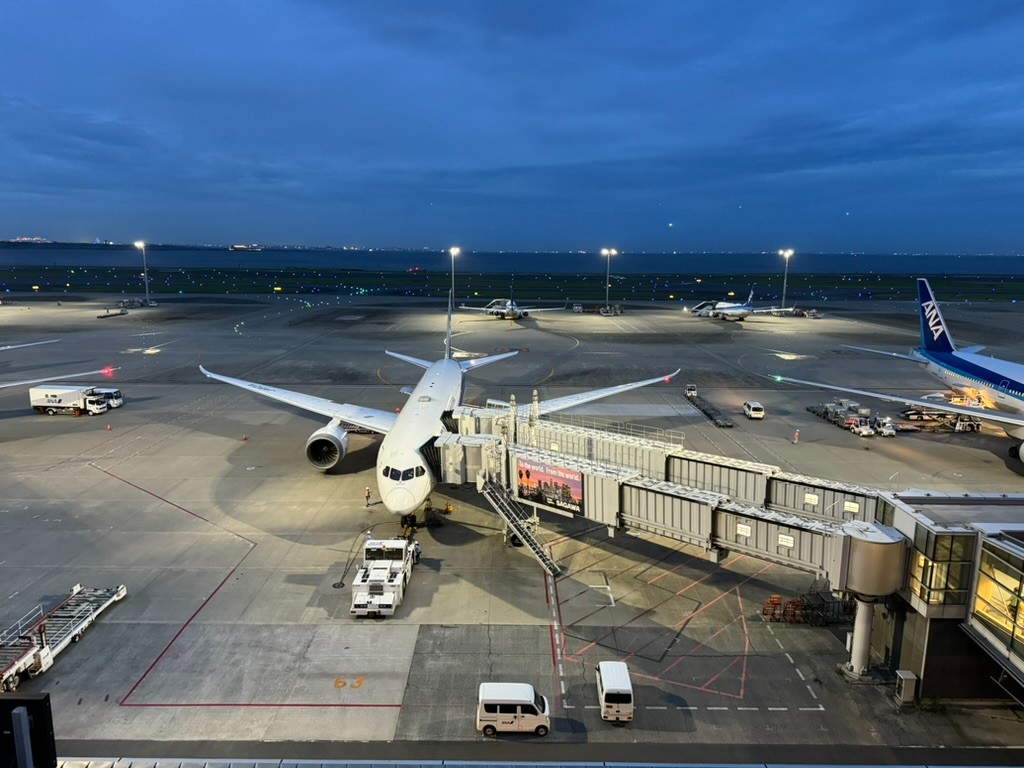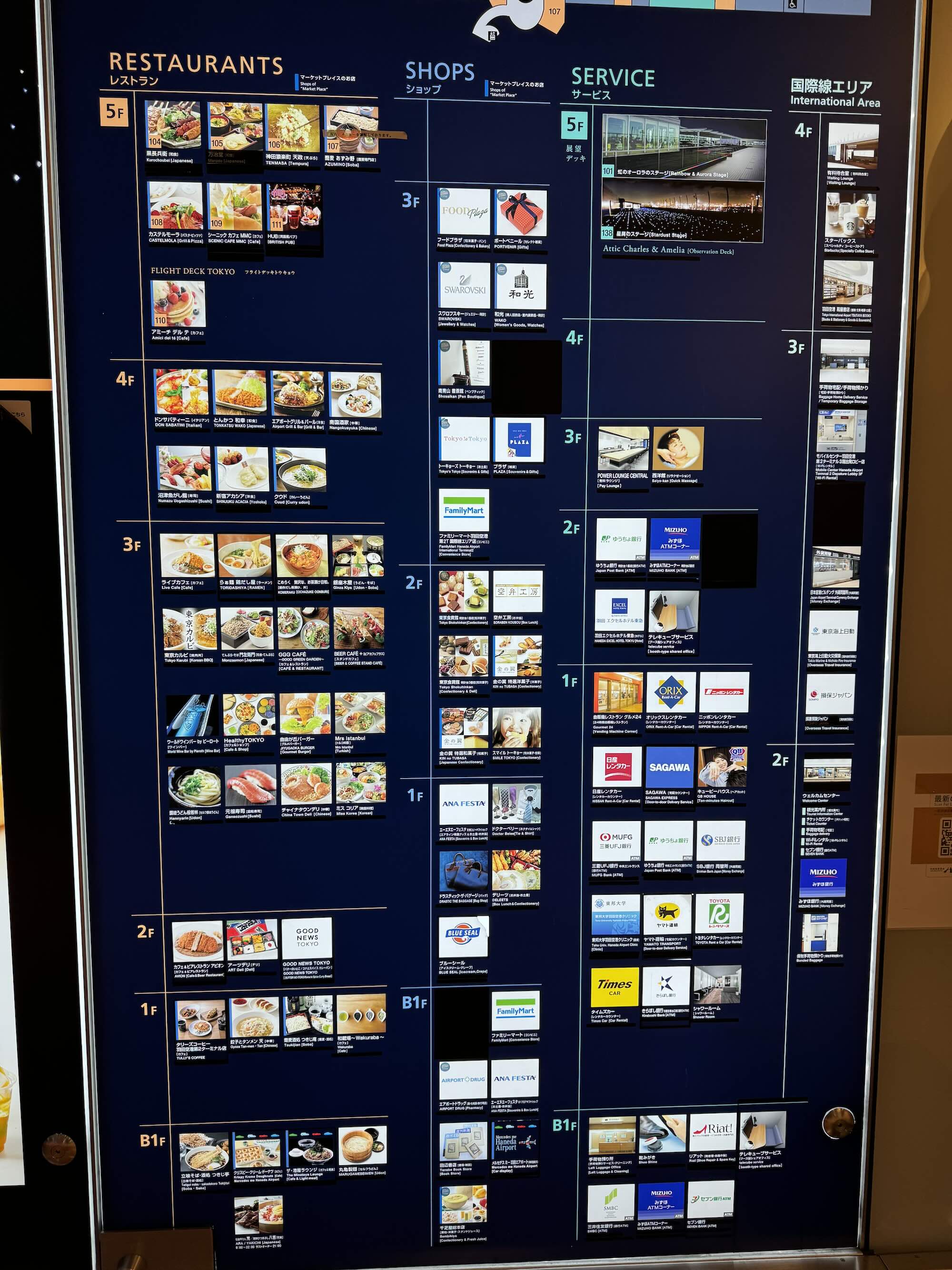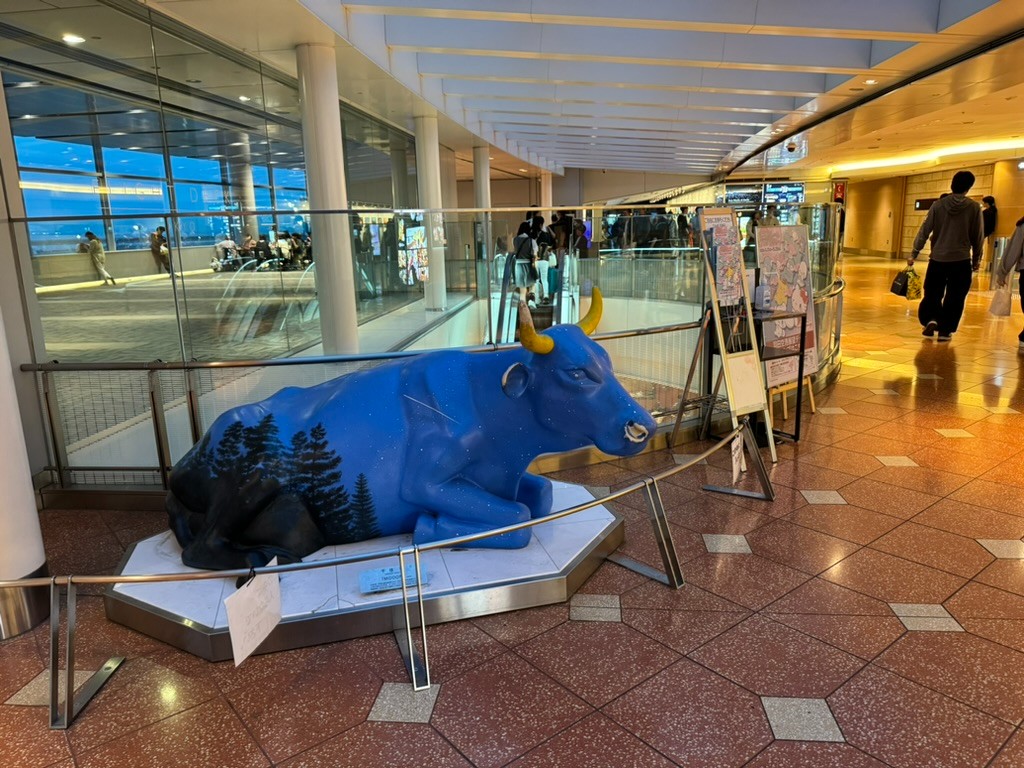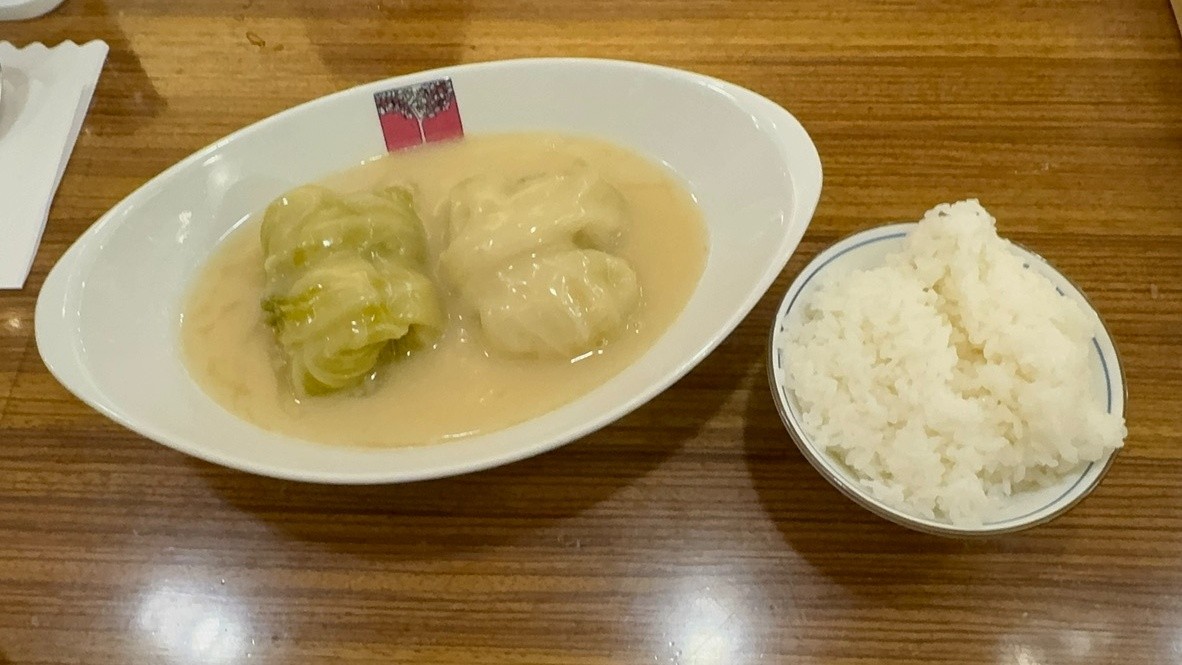The Airport Experience as a Ritual of Departure
On the evening of May 15, 2024, the moment I stepped into Haneda Airport’s terminal, I realized anew that airports are not merely transit points for movement, but microcosms of modern Japanese culture and special ritual spaces that open doors to the extraordinary journey of travel.

The aircraft standing on the runway at dusk truly appear like giant modern birds. Their graceful forms could be called works of art that crystallize humanity’s aspiration for flight and the pinnacle of technology. There seems to be something that connects the feelings that ancient Manyoshu poets entrusted to birds with the longing we modern people harbor for aircraft.
A Map of Modern Japanese Food Culture Breathing Within the Airport
Walking through the airport, what caught my eye was exactly what could be called a massive map offering a panoramic view of modern Japanese food culture.

This floor map holds cultural significance beyond being a mere guide. Looking at the restaurants lined up in the dining areas, you can understand at a glance the diversity and inclusiveness of modern Japanese society—from Japanese cuisine to Western food, Chinese dishes, and ethnic cuisines. Here is concentrated Japan’s unique “multicultural coexistence of food” that has been cultivated since the Meiji opening of the country, marking a complete reversal from the Edo period’s isolationist policies.
What is particularly interesting is that traditional Japanese restaurants and modern fast-food chains coexist in the same space. This symbolizes the essential characteristic of Japanese culture: the “fusion of old and new.”
The Cow Display as Art - Unexpected Cultural Discoveries Hidden in the Airport

This blue cow art piece I encountered in the airport was an unexpected discovery for me. While this display might seem out of place at first glance, it actually represents an important element that tells the story of modern Japan’s cultural aspects.
The idea of deliberately placing art pieces in a space that prioritizes functionality like an airport can be said to be a modern evolution of Japan’s “omotenashi” (hospitality) culture. Rather than simply providing efficient transportation, you can read the intention to provide travelers with cultural experiences.
This cow piece is probably also a reference to Japan’s livestock industry and food culture, and may play a role in promoting Japanese agricultural culture at an international airport. This is exactly proof of modern Japan’s creative imagination—expressing traditional culture through contemporary art methods.
The Essence of Japanese Cuisine Seen in Airport Gourmet
For pre-travel sustenance, I chose a Western restaurant within the airport.

What was served was a set of rolled cabbage and white rice from “Akashia,” a long-established Western restaurant with its main store in Shinjuku. This signature dish, which has maintained unchanged flavors since its founding in 1963, holds deep meaning beyond mere airport gourmet.
The moment I took a bite, nostalgia washed over me. This rolled cabbage breathes with Showa-era Western food culture. Akashia’s rolled cabbage is a masterpiece that elevated Western cuisine to suit Japanese palates, a symbolic existence of “Japanese Western food” that has been beloved from the post-war reconstruction period to the present. The significance of encountering such long-established flavors in an airport setting is profound.
And the deep meaning of white rice, the Japanese staple, being served alongside is significant. The sensibility of ultimately combining any dish with white rice to complete it as a “Japanese meal” can be said to be a core part of Japanese identity.
Reflection at the Cultural Boundary of Airports
Through my several hours of stay at Haneda Airport, I felt anew that airports are special boundary lines connecting the everyday with the extraordinary, domestic with international, past with future.
Here, traditional Japanese culture and modern international sensibilities coexist naturally. While using chopsticks at a Japanese restaurant, aircraft from around the world repeatedly take off and land outside the window. In spaces where contemporary art is displayed, Japan’s ancient spirit of “omotenashi” lives and breathes.
Such places where multilayered cultural experiences are possible are actually rare even on a global scale. Haneda Airport, as “Japan’s gateway,” plays a role that transcends mere transportation infrastructure. Flavors of long-established stores that can only be tasted here, cultural discoveries that can only be encountered here. For travelers who want to make effective use of their airport time, dining and shopping are absolutely essential elements.
The Aesthetics of Departure and Modern Japanese Culture
Travel begins from the moment of departure. And the experience at Haneda Airport became a valuable opportunity for me to reconfirm the profundity of Japanese culture.
Airport gourmet, art exhibitions, and dusk runway scenery. In the harmony woven by all of these, you can sense the unique aesthetic sensibility that modern Japan has cultivated. Efficiency and beauty, functionality and cultural richness, internationality and Japanese character. The ability to integrate these elements at a high level may be the essence of modern Japanese culture.
Next time you use an airport, why not look beyond just the efficiency of movement to also appreciate the cultural aspects that breathe within it? You’re sure to make new discoveries.